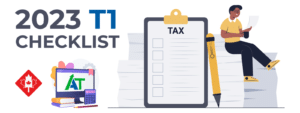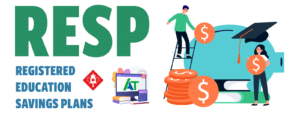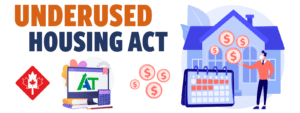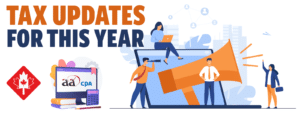Author Archives: Advanced Tax
2022 Income Tax Return Checklist
Here’s What You Need to File Your 2022 Income Tax Return It’s time to file[Read More]
16
Mar
Mar
RESP Canada Rules You Need to Know
Guide to Using an RESP in Canada The RESP is a registered savings account for[Read More]
08
Mar
Mar
Underused Housing Tax in Canada
How the Underused Housing Tax Can Affect You As of January 1, 2022, the Canadian[Read More]
02
Mar
Mar
Taxable Benefits and Employee Allowances
Taxable Benefits and Allowances for Employees Cash and gifts that are paid or provided to[Read More]
23
Feb
Feb
Canadian Tax Updates for the 2022 Tax Year
Here’s Are the Tax Updates You Need to Know! We’re at that time where documents[Read More]
17
Feb
Feb





